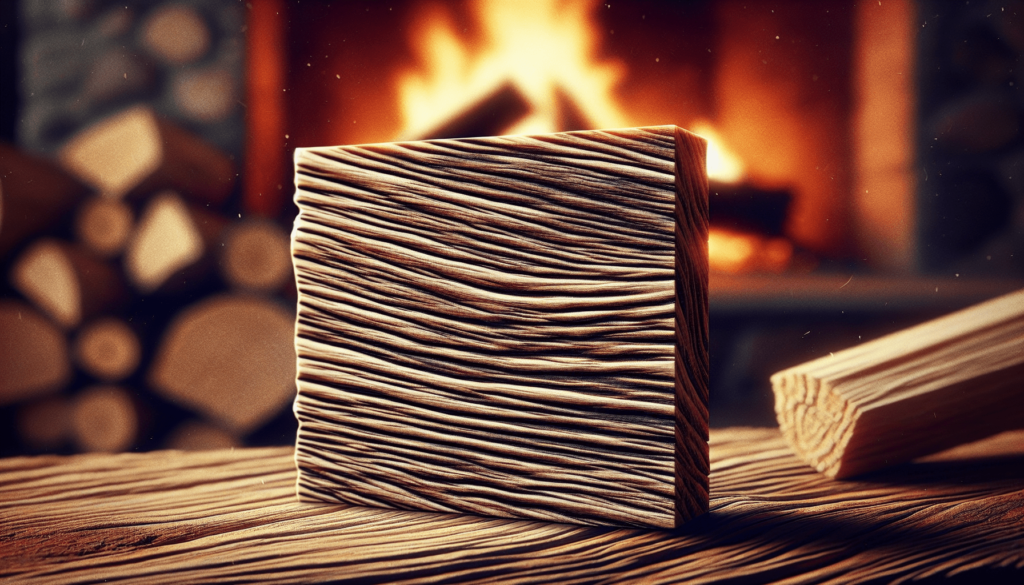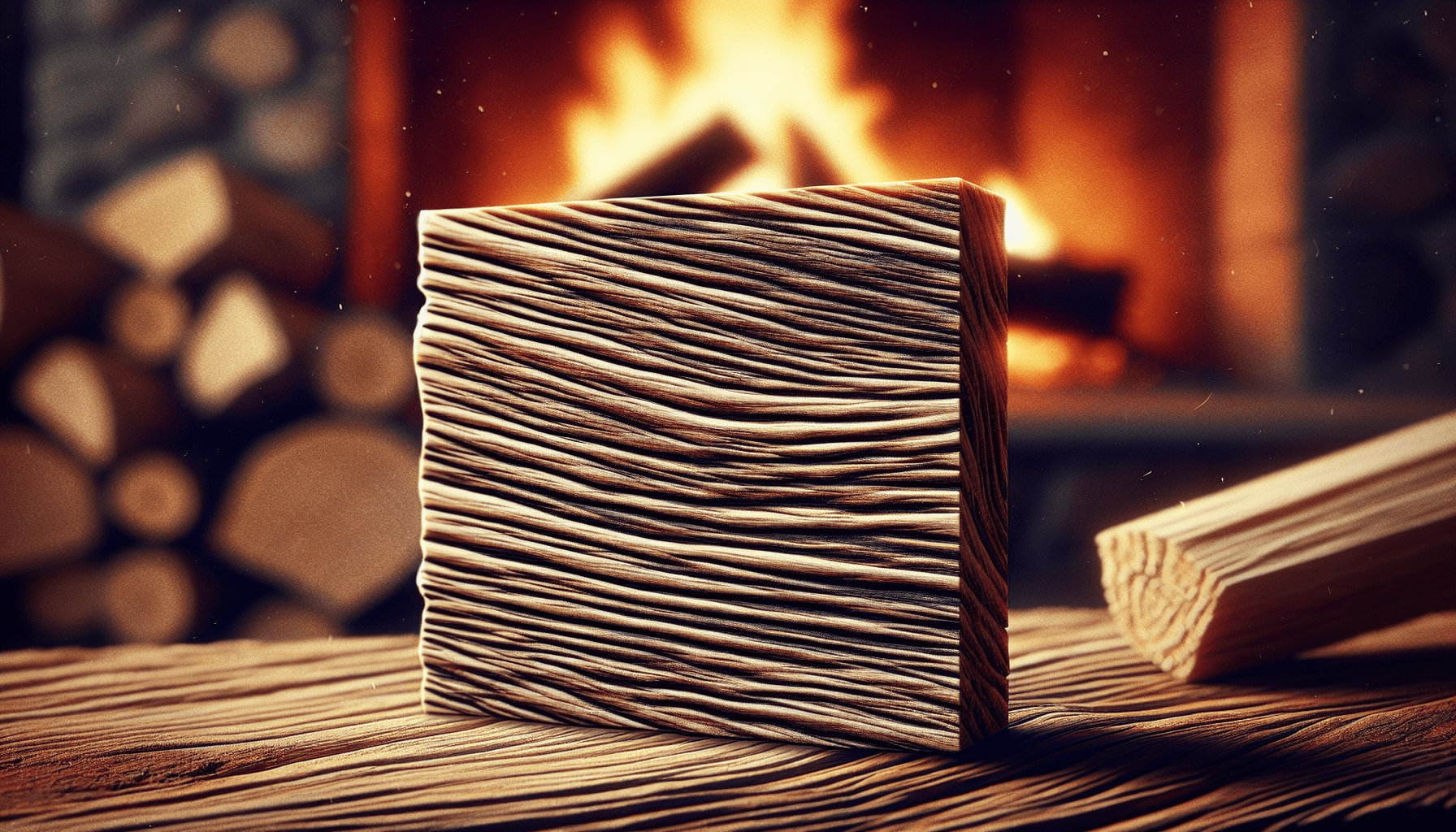Why is wood so hard to burn? I’ve wondered about this every time I’ve tried to ignite a reluctant log in my fireplace. Is it just poor kindling skills on my part, or is there a deeper science behind this seemingly simple act of combustion?
Let’s break down why something as seemingly straightforward as burning wood can sometimes turn into an ordeal. We’ll look at the science, the different types of wood, and some practical tips to make your next fire-starting attempt a roaring success.
The Science Behind Wood Burning
First off, let’s talk science. Because when in doubt, science is always a good place to start. To really understand why wood can be tough to burn, we need to delve into the basics of combustion.
Combustion Explained
Combustion is the chemical process of burning. It’s all about heat, oxygen, and fuel. These three elements make up what’s known as the “fire triangle.”
| Element | Description |
|---|---|
| Heat | The initial spark or flame required to ignite fuel |
| Oxygen | Needed to sustain combustion |
| Fuel | The material that burns, in this case, wood |
When all three come together, you get a fire. But it’s not quite as simple as setting a match to a log and watching it go up in flames.
Why Heat Matters
For wood to catch fire, it needs to reach a combustion temperature—usually somewhere around 300 degrees Fahrenheit. Until wood reaches this point, it simply won’t burn.
Oxygen’s Role
Oxygen feeds the fire, but wood density and structure can restrict airflow. Without enough oxygen, even the hottest logs will smolder rather than blaze.
The Nature of Fuel: Types of Wood
Not all wood burns the same. Different types of trees produce wood with varying properties, and these differences significantly impact how easily the wood will burn.
Types of Wood: Hardwoods vs. Softwoods
If you’ve ever tried to burn a piece of cherry versus a chunk of pine, you already know not all wood is created equal.
Hardwoods
Hardwoods come from deciduous trees (the ones that lose leaves in winter). Think oak, maple, cherry, and walnut. They are generally denser, which makes them harder to ignite but allows them to burn longer and hotter once they catch fire.
| Hardwood | Characteristics |
|---|---|
| Oak | Dense, long-burning, good for extended fires |
| Maple | Hard to ignite but burns hot and long |
| Cherry | Burns slowly, producing steady heat |
| Walnut | High heat, long-lasting |
Softwoods
Softwoods come from coniferous trees (like pine, fir, and spruce). These trees retain their needles year-round. Softwoods ignite easily but burn out quicker, often leaving behind more creosote, which can clog chimneys.
| Softwood | Characteristics |
|---|---|
| Pine | Easy to ignite, burns fast, leaves more residue |
| Fir | Quick-burning, less dense |
| Spruce | Lightweight, catches fire easily |

Moisture Content: The Ultimate Fire Killer
One of the main culprits for why wood is hard to burn is its moisture content. Freshly cut, or “green,” wood contains up to 50% water by weight. That’s a lot of water that needs to be evaporated before the wood can reach combustion temperature.
Seasoning Wood
Seasoned wood is wood that has been allowed to dry out. This process can take anywhere from six months to two years, depending on the type of wood and environmental conditions. Seasoned wood usually has a moisture content around 20% or less, making it much easier to burn.
How to Check Moisture
You can check the moisture content of your wood with a moisture meter, a handy little tool that tells you whether your wood is ready to burn. If you don’t have one, a simple knock test could help; seasoned wood makes a distinct clunking sound, whereas green wood sounds more like a dull thud.
How Wood Burns: From Kindling to Embers
Understanding the stages of wood burning can also help you troubleshoot why your fire isn’t catching.
Ignition
During the ignition phase, the wood absorbs heat. The outer layer of the wood begins to evaporate any surface moisture. Small sticks and kindling work best here because they are easier to ignite and can reach combustion temperature quickly.
Combustion
Once the wood reaches a high enough temperature, it begins to combust. Initially, this involves pyrolysis, where heat breaks down the wood into volatile gases. These gases are what actually burn, producing flames.
Charcoal Formation
As the volatile gases burn off, the wood turns into charcoal. This stage is crucial for long-lasting heat. Charcoal burns slower but at a consistent temperature, providing sustained warmth.
Ash
Finally, the wood completely breaks down into ash, the residue left after all the combustion elements have been consumed.

Practical Tips for Burning Wood
Now that we have the science and types of wood covered, let’s go practical. Here are some best practices to make your fire-starting job easier.
Choose the Right Wood
Pick the wood that suits your needs. For a quick, hot fire, softwoods like pine work best. For a long-lasting, steady burn, go for hardwoods like oak or cherry.
Properly Season Your Wood
Season your wood adequately. Cut and stack your wood in a dry, airy place for at least six months to two years before burning.
The Right Kindling
Start with small, dry kindling. This can be thin sticks, twigs, or even shavings. The idea is to get something that will catch fire easily and help ignite the larger logs.
Airflow Matters
Ensure proper airflow. Arrange your wood in a way that allows air to circulate freely through the stack. You can go for a teepee or log cabin style. The important thing is to leave space for air to flow.
Use a Firestarter
Don’t hesitate to use a fire starter if things aren’t going well. Whether it’s newspaper, firelighters, or specially designed fire starters, these can make the job much easier.
Common Mistakes and How to Avoid Them
We’ve all been there, staring at a smoldering, disappointment of a fireplace. To prevent those frustrating moments, here are some common mistakes and how to avoid them.
Using Green Wood
Green wood takes forever to burn and produces a lot of smoke. Always use seasoned wood for a more efficient and enjoyable fire.
Too Much, Too Soon
Throwing too many logs on before the kindling has properly caught is a surefire way to stifle your fire. Start small and gradually add bigger pieces.
Poor Air Circulation
Without proper airflow, your fire will struggle. Make sure your wood is stacked to allow plenty of oxygen to reach the flames.
Ignoring the Fireplace or Wood Stove Setup
Different setups require different techniques. Ensure you’re familiar with your specific stove or fireplace for best results.
Environmental Considerations
Finally, it’s important to think about the environmental impact of burning wood. While it’s a renewable resource, burning wood still releases pollutants into the air.
Choose Sustainably Sourced Wood
Opt for wood that comes from sustainable sources. This means the wood was harvested in a way that ensures the forest can replenish itself.
Efficient Burning Practices
Try to burn your wood as efficiently as possible to minimize the pollutants released. Properly seasoned wood and good airflow help achieve this.
Alternatives
Consider alternatives like eco-logs made from compressed sawdust, which can be a more environmentally friendly option.
Conclusion
So, why is wood so hard to burn? It boils down to understanding the science of combustion, the type of wood you’re using, and how well it’s been seasoned. With the right knowledge and a bit of patience, you’ll be a master fire starter in no time.
Whether it’s for your fireplace, wood stove, or just a backyard bonfire, the principles remain the same. Next time you find yourself struggling to ignite a log, remember it’s not just you—wood can be tough to burn, but understanding these factors can make the process a lot smoother. Happy burning!

